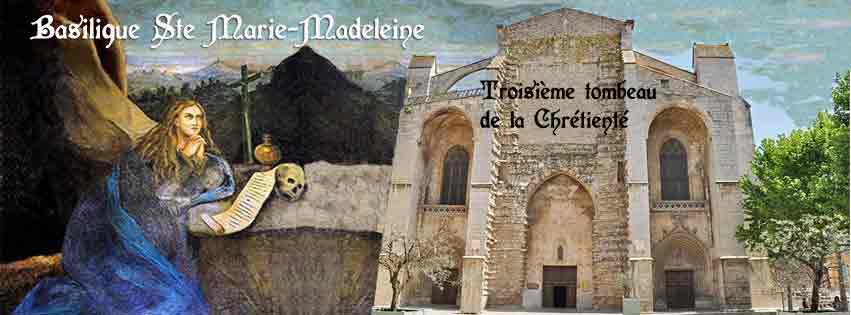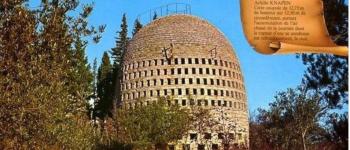
Tradition has it that the Sainte Baume massif in Provence, in the Var region, is the place where Saint Mary Magdalene took refuge, fleeing persecution by King Herod.
Vestiges of a 6th-century religious complex have been found here. The first pilgrimages are thought to have taken place in the 9th century.
In 1279, Prince Charles of Salerno undertook the excavations that revealed the true relics of Saint Magdalene. Once the Pope had recognized their authenticity, Christianity devoted itself to a fervent cult of Saint-Maximin and the Sainte-Baume. Foreseeing the immense movement of piety that the relics would attract to the Sainte-Baume, Charles II obtained from Pope Boniface VIII the establishment of the Dominicans (1295-1793; 1840+), replacing the Benedictines (1079-1295), who themselves had previously been Cassianites (415-1079).
In the 14th century, Christians flocked to the Sainte-Baume. Numerous popes and kings also came to ask the Saint's benevolent intercession.
After the terror of the Revolution, Father Lacordaire brought the Dominicans back to the Sainte-Baume and organized the training of friar preachers at the Couvent Royal de Saint-Maximin. Among the many solitary pilgrims who came to the grotto to pay their respects, the most fervent and devout to Mary Magdalene was Father Charles de Foucauld.
Construction of the present-day basilica, a masterpiece of Gothic art and considered the largest Gothic building in Provence, with its 73m length, 43m width and 29m height, began in 1295. In 1592, work was definitively halted. The portal and main entrance to the basilica were never built.
The Basilica today
The basilica and grotto attract over 150,000 visitors and pilgrims every year. St. Mary Magdalene, who was a disciple of Jesus and followed him to his death, witnessed the Passion, the crucifixion and, for believers, the resurrection of Jesus. After Jesus' death, Mary Magdalene left Bethany, driven out by persecution. Reaching Marseille, she climbed the slopes of the Sainte Baume, where she settled in a grotto until her death. She is honored every year around July 22.
Masses, celebrations, pilgrimages, processions and even royal weddings - that of a son of the princely family of Luxembourg, Félix du Luxembourg with Claire Lademecher, in 2013 - are celebrated here.
Don't miss the reliquary housing the skull of Mary Magdalene, the crypt with its 4 sarcophagi, the choir with its 94 stalls, the altarpiece by Antoine Ronzen with its 16 panels depicting the Passion of Christ, and the basilica's 2692-pipe organ.
Adjacent to the basilica, the Couvent Royal has housed a boutique hotel since 2002. Formerly a place for monks to take their daily walks, it harbors a well-kept secret. If you approach the well and bend down, you'll catch a glimpse of a secret doorway through which the monks used to escape.
Saint-Maximin Tourist Office
Couvent Royal
83470 Saint Maximin la Sainte Baume
Tel.: 04 94 59 84 59
office.tourisme.stmaximin@wanadoo.fr
http://www.la-provence-verte.net/decouvrir/saint-maximin-sainte-baume.php
Translated with DeepL.com
(free version)



